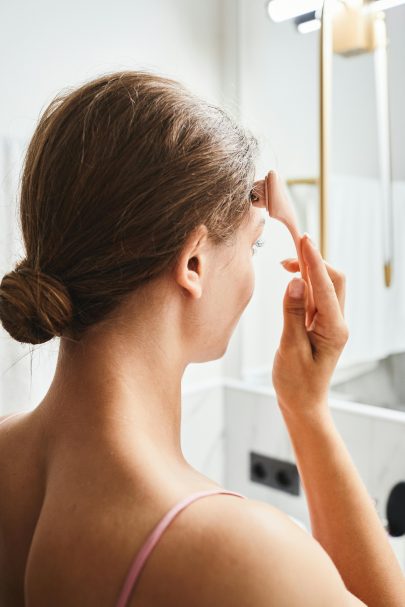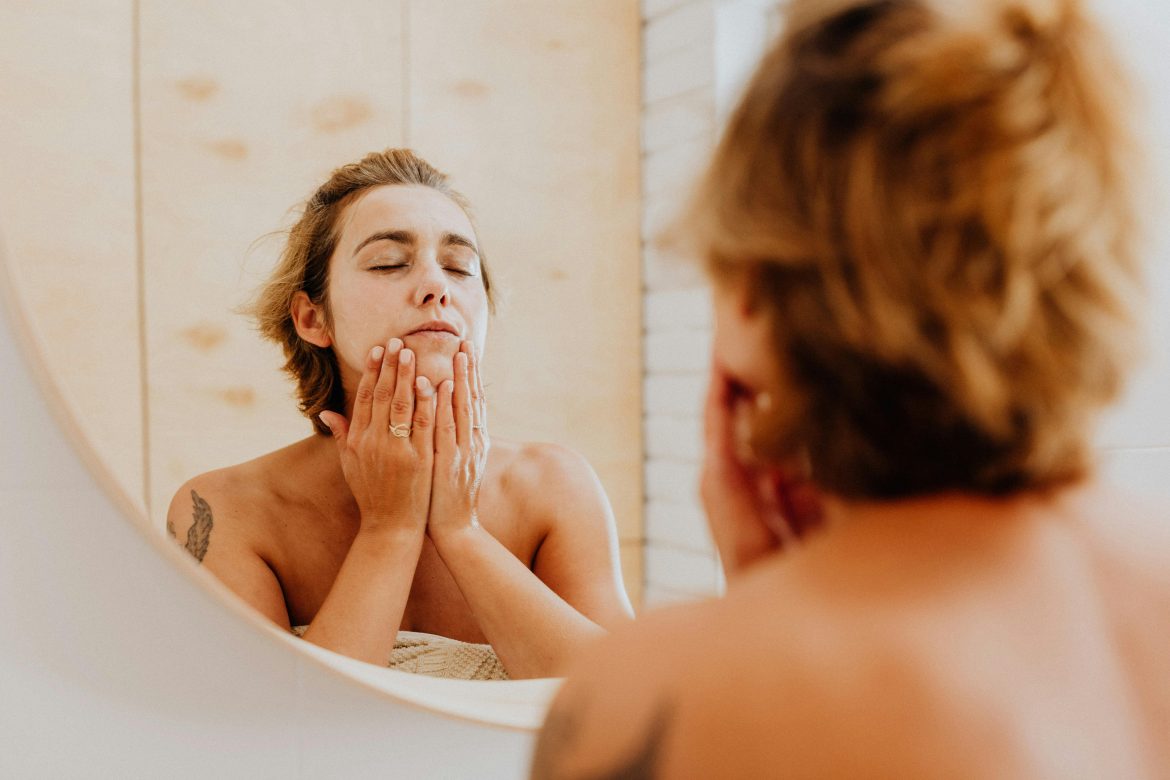Double cleansing is exactly what it sounds like: washing your face twice at night to remove sunscreen, make-up, excess sebum and the day’s grime without rough scrubbing. Done properly, it can help your routine work better. Done badly, it can irritate your skin or dry it out. Here is how to get it right, and how to decide if you need it at all.

Pexels
Do you actually need to double cleanse?
Think about your day rather than a blanket rule. If you’ve worn long-wear make-up, water-resistant SPF, or you’ve been in a city all day, a double cleanse is worth it. If you’ve been bare-faced at home or your skin is fragile and easily irritated, a single, gentle cleanse is usually enough. Many people land in the middle: double cleanse most evenings, skip it on truly low-product days, and keep mornings simple with one mild cleanse or just lukewarm water.
The right order and feel
Start with dry skin. Massage a cleansing oil or balm over your face for about a minute to dissolve sunscreen and pigment. Add a little water so it turns milky, then rinse thoroughly. If you prefer micellar water as your first step, soak a reusable pad and sweep until it lifts no more residue, then rinse your face so you are not leaving surfactants behind.
Follow with a water-based cleanser that suits your skin. A gel or low-foam wash suits oilier skins; a lotion or milk suits drier or sensitive skins; combination types often like a light gel-cream. Work it in gently for another minute and rinse with lukewarm water. Your face should feel clean and comfortable, not tight. Pat dry with a clean towel and move straight to your serum and moisturiser.
Skin type tweaks
Oily or breakout-prone skin does well with a light oil first and a gentle gel second. The aim is to clear pores without stripping, which can backfire and prompt more oil. Dry skin prefers a richer balm followed by a very mild milk, and you can skip the second step on days with no make-up. Combination skin usually benefits from a classic oil plus gel-cream pairing. Sensitive skin needs fragrance-free, non-foaming textures; if you’re mid-flare, park double cleansing until things settle.

Pexels
Mistakes to avoid
Most problems come from heat, haste or harshness. Keep the water lukewarm, not hot. Take your time on the first cleanse because that is where the heavy lifting happens. Avoid rough cloths and scrubs, and let the formulas do the work. If you use micellar water, rinse it off unless your product clearly states otherwise. And watch frequency: if your face feels squeaky, tight or stingy after cleansing, scale back or soften the formulas.
How often is ideal?
For many, the sweet spot is nightly when you have SPF or make-up on, and a single gentle cleanse in the morning. Listen to feedback from your skin. Comfort is your cue that you’ve got it right; persistent tightness, flaking or redness means you need fewer steps or kinder cleansers.
A simple evening flow
Massage your oil or balm onto dry skin, emulsify and rinse. Follow with your water-based cleanser and rinse again. Apply your leave-on treatments, then moisturiser. If you use stronger actives like retinoids or acids, keep both cleansers mild to protect your barrier.
Double cleansing is a method, not a mandate. If you wear make-up and daily sunscreen, it is a thorough, skin-kind way to take the day off and help your routine perform. If you keep things minimal or your skin is reactive, a single cleanse may be the better choice. Aim for skin that feels clean, soft and calm — that is the goal, not a rigid two-step for everyone.
ALSO SEE:
Featured Image: Pexels

